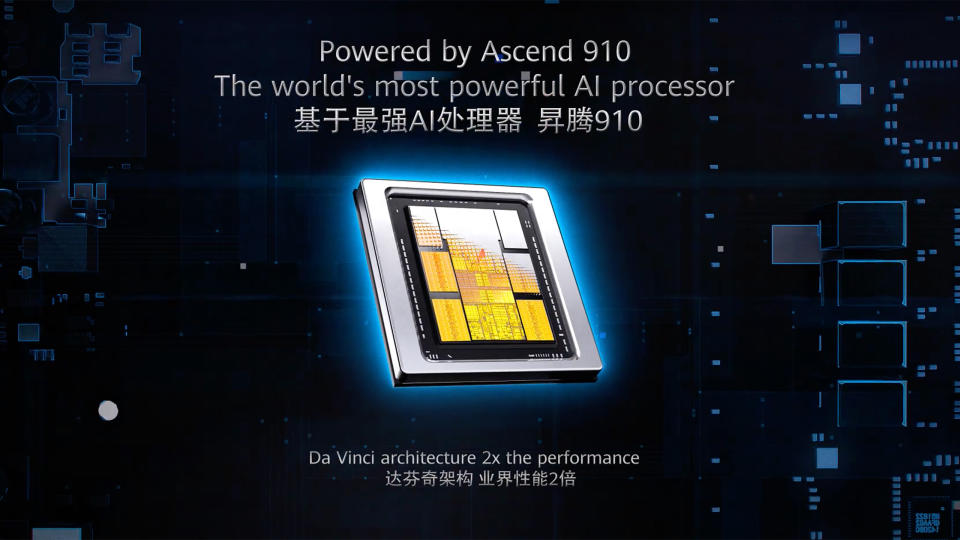When you buy through links on our articles, Future and its syndication partners may earn a commission.

Credit: Huawei
Die shots of Huawei’s HiSilicon Ascend 910 chip for AI produced by TSMC and its sibling Ascend 910B, allegedly manufactured by SMIC, reveal that while the chips have many similarities, they exhibit significant differences. The 910B features fewer cores. Kurnalsalts has published die shots of Huawei’s HiSilicon Ascend 910, Ascend 910B, and a currently unknown Ascend 610 for AI applications.
The die shots depict the compute chiplets of the Ascend 910 and Ascend 910B, as these chips utilize a multi-chiplet architecture. For example, Huawei’s HiSilicon Ascend 910 consists of a Virtuvian AI processor, a Nimbus V3 I/O die, four HBM2E memory stacks and two dummy dies for uniformity.
Advertisement
Advertisement
The original Virtuvian compute chiplet of the Ascend 910 houses 32 DaVinci Max AI cores (supporting INT8 and FP16 formats) arranged in four clusters and interconnected using a 1024-bit mesh network-on-chip operating at 2 GHz and providing up to 128 GB/s of bandwidth per core.
The chiplet also features four 1024-bit HBM2 interfaces and five die-to-die interfaces to connect to Nimbus and PCIe I/O. This original Virtuvian chiplet was produced by TSMC using its N7+ fabrication process (with a few EUV layers) and measured 14.6 mm × 31.25 mm, resulting in a die size of 456.25 mm^2.

Huawei
By contrast, the compute chiplet of the HiSilicon Ascend 910B measures 21.32 mm × 31.22 mm and has an enlarged die size of 665.61 mm^², which is significantly larger. Unlike the original Ascend 910, the Ascend 910B appears to have 25 DaVinci AI cores, and @Kurnalsalts believes that these are not DaVinci Max AI cores but some “New DaVinci” AI cores.
At this point, it is hard to tell what improvements the “New DaVinci” cores offer over the DaVinci Max cores, but common sense suggests that the new cores are backward compatible and can run code written for the original ones.
Advertisement
Advertisement
It is believed that the compute chiplet of the Ascend 910B (let’s call it Virtuvian B) is made by SMIC using its N+1 fabrication technology, which is believed to be a 7nm-class production node. Given the considerably larger die size of the Virtuvian B compared to the original Virtuvian, either SMIC’s N+1 process technology has significantly lower transistor density compared to TSMC’s N7+ (which would not be surprising), or HiSilicon substantially enhanced DaVinci cores and even sacrificed their number for these enhancements, which would have made the die size considerably larger (an unlikely scenario).
In addition to die shots of Huawei’s HiSilicon Ascend 910 and Ascend 910B, Kurnalsalts also displayed a die shot of something called the Ascend 610. This AI chip packs 16 general-purpose CPU cores, eight DaVinci Max cores, “DaVinci mini” cores, and a 192-bit LPDDR5 memory interface.
The exact market positioning of this chip remains unknown, but it could be used for edge devices that need both strong CPU performance and advanced AI capabilities. Officially, this chip does not exist, though we can speculate that SMIC also manufactures this one.
EMEA Tribune is not involved in this news article, it is taken from our partners and or from the News Agencies. Copyright and Credit go to the News Agencies, email news@emeatribune.com Follow our WhatsApp verified Channel




